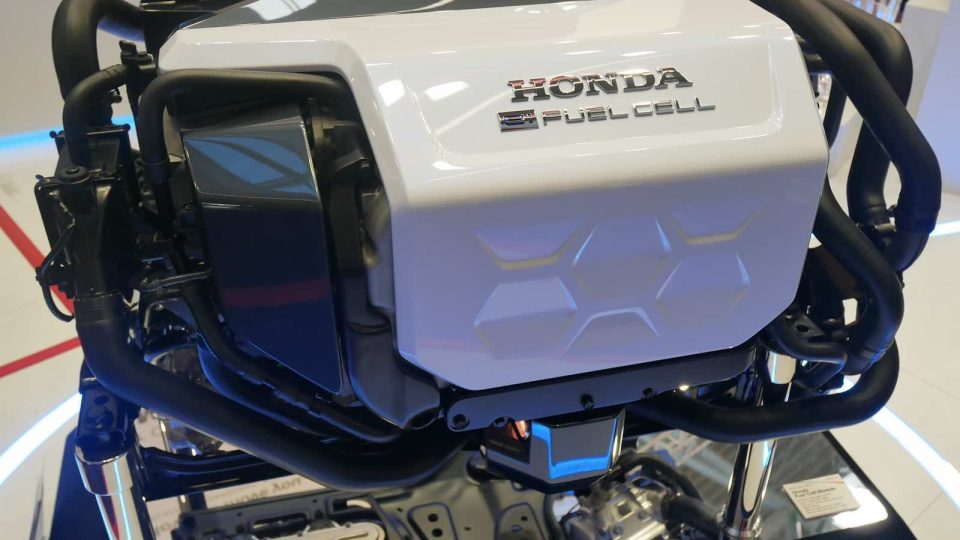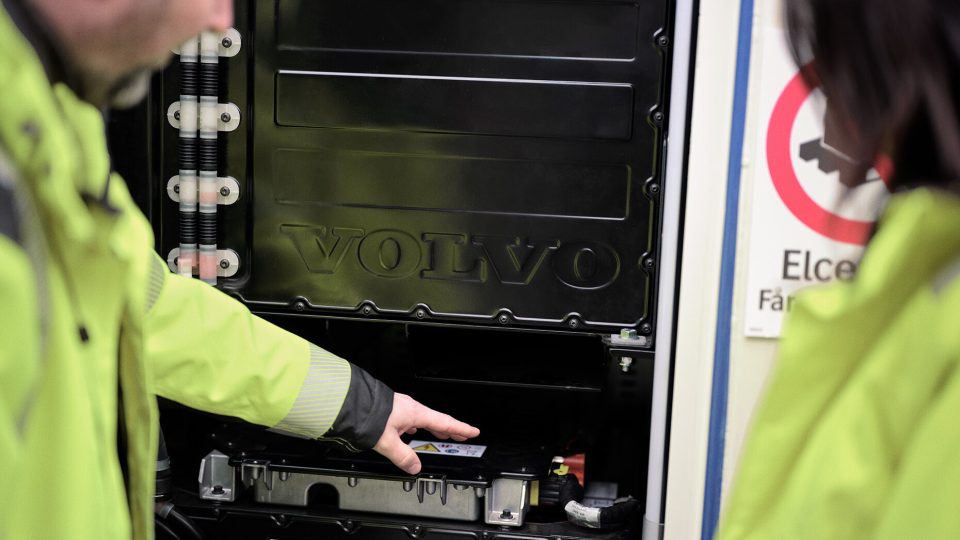Ascomac and a “pro emissions reduction” Seatec
Ascomac Unimot (Italian Federation of Trade in Industrial Machinery) and Seatec, the exhibition of technology, components, design and subcontracting applied to yachting, look such as an inseparable pair. Seatec is the right stage for the representation of zero-impact shipbuilding and pollution reduction. Ascomac presented its point of view regarding ‘New frontiers for emission reduction’. SEATEC AND ALTERNATIVE FUELS […]
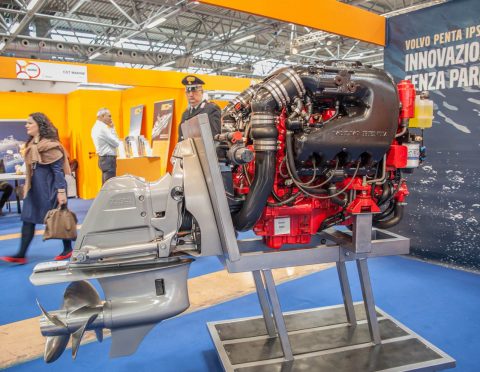
Ascomac Unimot (Italian Federation of Trade in Industrial Machinery) and Seatec, the exhibition of technology, components, design and subcontracting applied to yachting, look such as an inseparable pair. Seatec is the right stage for the representation of zero-impact shipbuilding and pollution reduction. Ascomac presented its point of view regarding ‘New frontiers for emission reduction’.
SEATEC AND ALTERNATIVE FUELS IN 2018
Ascomac and Seatec look towards a future breakthrough
The premise of the speech presented was the one relating to the conservative soul of shipbuilding. Usually slow to adapt to accelerations in innovations. The two major turning points in the evolution of the sector have been the transition from coal to liquid fuels and from riveting to welding. We therefore expect, based on what emerged from the conference, that the next decade will bring out the third major change. In particular, we are talking about the different possibilities coming from alternative fuels. Starting from the commercial boating and arriving step by step to the pleasure craft.
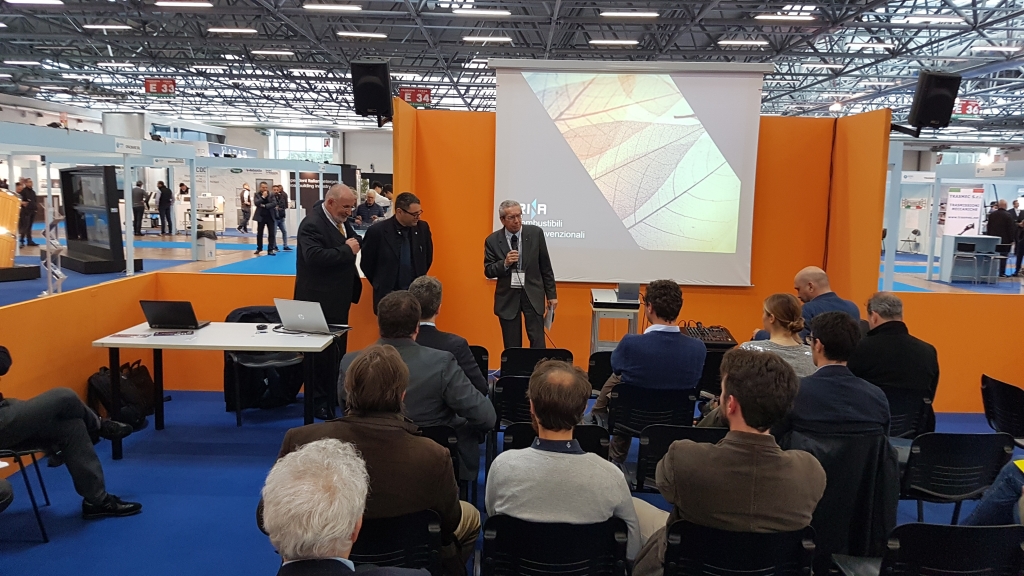
Suggestions for the most easily updated solutions have emerged from the conference. To give some examples: liquefied gas, LPG, methanol, FAME, synthetic gases, RME (Raps Methyl Ester) and DME (Dimethyl Ether). It is true that there are still some technical problems to be addressed when talking about a transition to fuels that are less easy to regulate and more vulnerable than diesel as far as storage and safety procedures are concerned. One of the points addressed concerns the Igf Code, according to which the flame point must not exceed the thermal threshold of 60 degrees.
Ascomac took a look also at batteries
It was also inevitable to observe the state of the art of batteries. The lithium ions are confirmed as excellent in terms of weight-power ratio (energy density of 125-200 Wh/Kg, compared to 50-100 Wh/Kg of Nickel-Metal Hydride, a ratio that drops to 50-80 for Nickel-Cadmium) even with a risk in terms of instability.
What to do in this case? Grimaldi, for example, has not been frightened by the instability of lithium-ion technology and is preparing hybrid ferries ready for electric power usage within port areas.
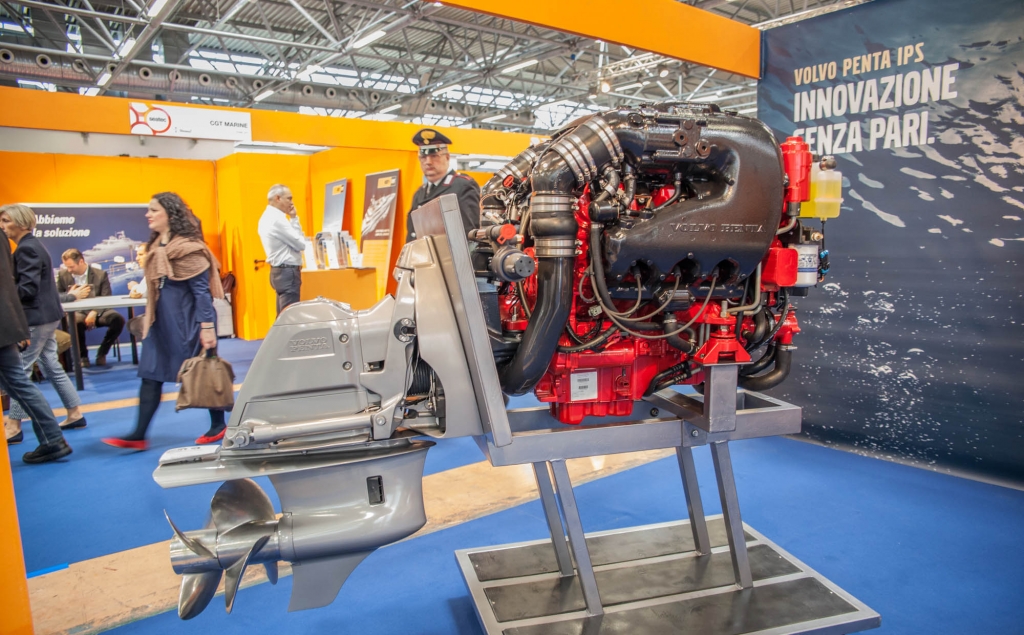
The case of Mtu
Two important case studies were presented during the meeting: MTU and Volvo Penta (which we discuss below). The harmony of the Germans with the cause of SCR also depends on the intention to set up a coherent technological platform for the entire range. The after-treatment can be deactivated outside the Eca areas, with economies of scale that benefit from lower fluid consumption and reduced system wear. Furthermore, the urea is compatible with high sulfur diesel fuels. Mtu engines had no problems with this step: some interventions, such as the modification of blowers, did not affect the back pressure, set at 85 millibars. A dual NOx sensor is also underway.
The case of Volvo Penta
Even Volvo Penta has confidence in Scr, based on the experiences developed by the Volvo Group in the past (mainly on the road). First of all because it does not affect the thermodynamic parameters and secondly, being positioned at the beginning of the combustion process, it allows not to alter the efficiency in the combustion chamber. The catalyst is positioned above the engine, the tank in the front.
Volvo has publicly stated that it wants to provide electrified solutions starting in 2021, both in the marine and in the industrial sector. In the meanwhile, the fisrt pilot projects are already underway to speed up the achievement of the goal.




